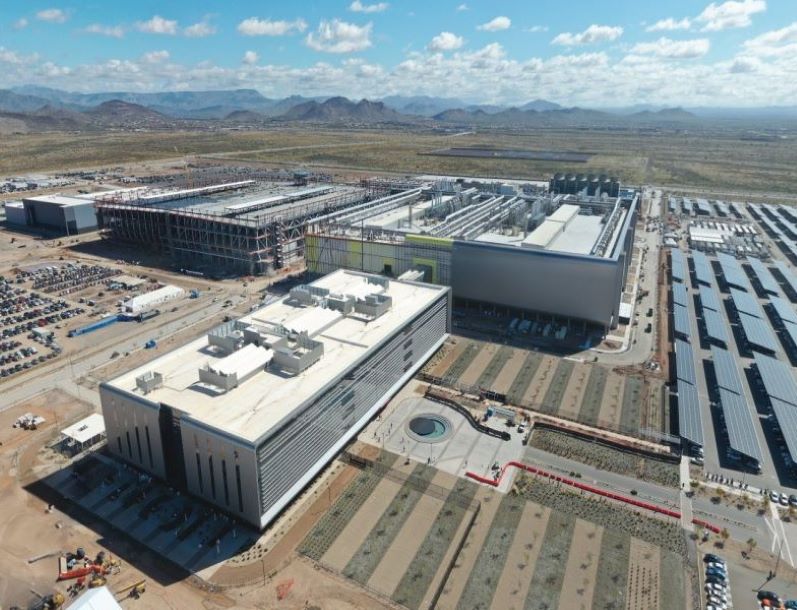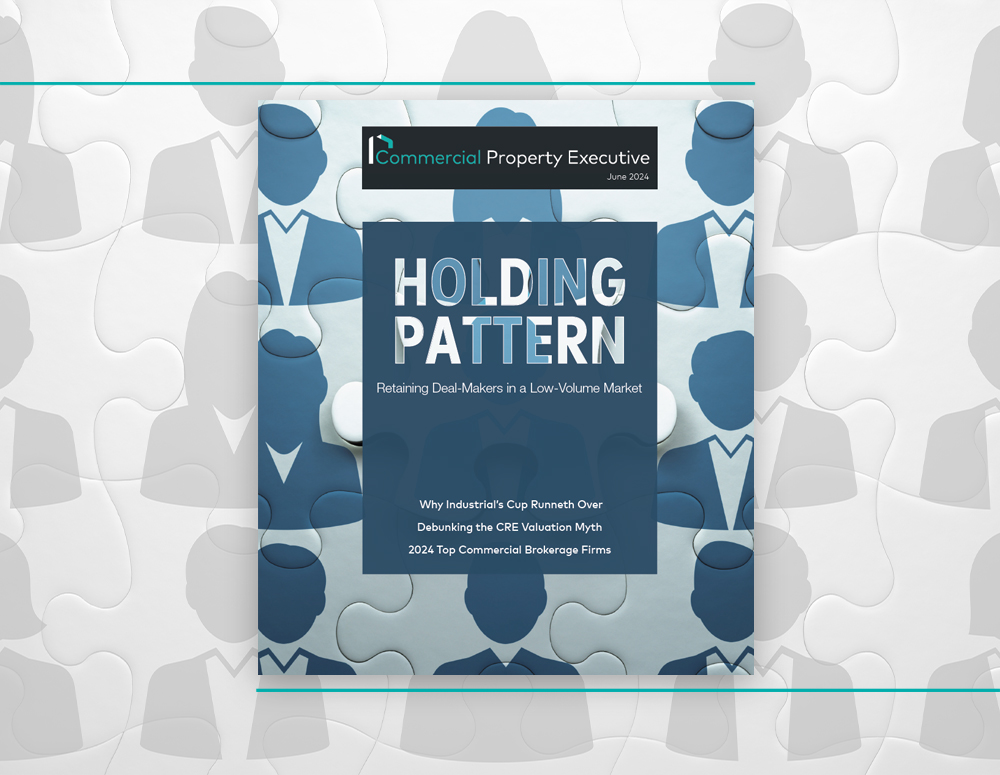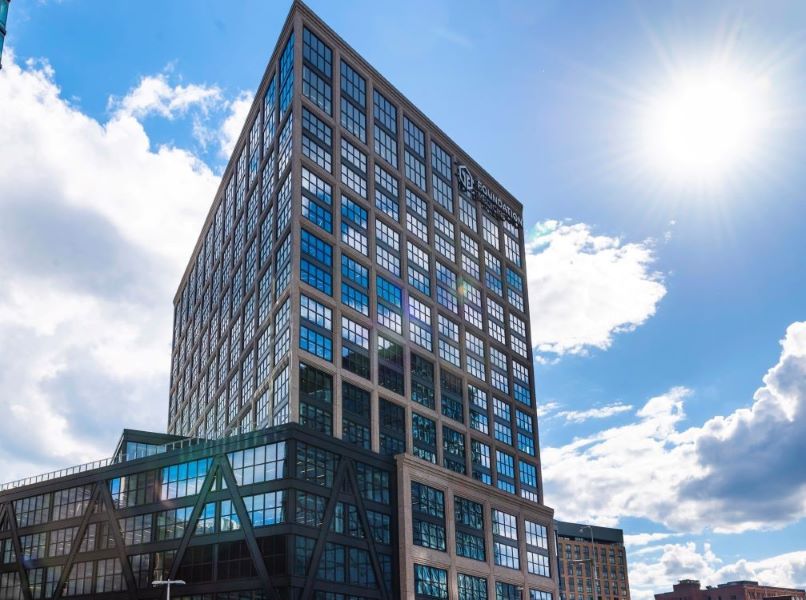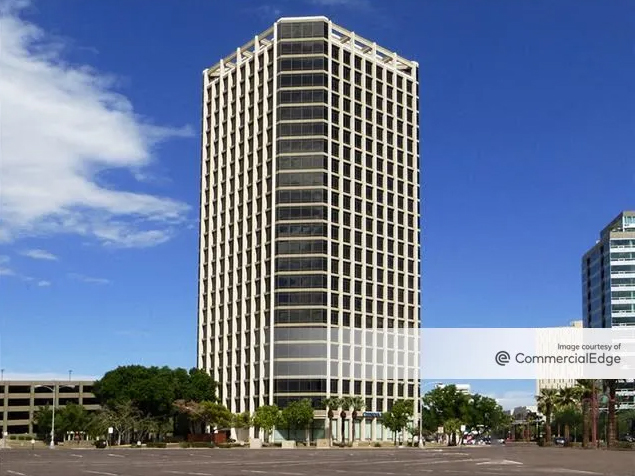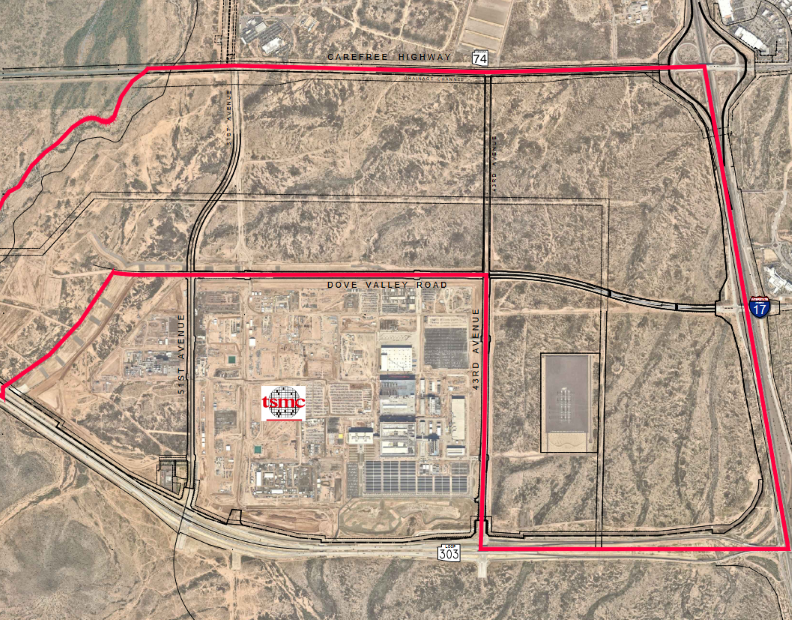Safe Harbor, Investors Find Niche Opportunities Despite Difficult Market
With the economy shedding jobs like a cat sheds its winter coat and credit markets still in an Arctic freeze, income-property sales have slowed markedly. In fact, Real Capital Analytics Inc. reported that $105.5 billion worth of deals closed during the first eight months of 2008 or are under contract nationwide, off 77 percent from…
With the economy shedding jobs like a cat sheds its winter coat and credit markets still in an Arctic freeze, income-property sales have slowed markedly. In fact, Real Capital Analytics Inc. reported that $105.5 billion worth of deals closed during the first eight months of 2008 or are under contract nationwide, off 77 percent from the same period a year ago (just under 75 percent off if the Equity Office Properties Trust sale is excluded). In addition, in the four quarters ending with September, $39.5 billion worth of listed properties were pulled off the market and $10.8 billion in deals under contract were terminated. (More than 150 previously listed properties were taken off the market in July and another 110 or so in August.) In contrast, only $34.9 billion in listed properties were pulled during 2005 and 2006 combined.But dealmaking has not quite come to a screeching halt. Granted, a lot of would-be investors have been idled by the inability to access enough reasonably priced debt to make deals pencil at prevailing pricing, and even some investors with plentiful capital are sitting on the sidelines, given the highly uncertain economic environment and a rapid decrease in user demand, with the potential for rents to soften as a result. Still others expect better bargains ahead, with cap rates potentially rising further, according to Anthony Frammartino, principal for investment strategy consulting firm The Townsend Group.On the other hand, fund managers are raising billions to pounce on opportunities to secure vulturistic returns in the high-risk/high-reward distressed-asset specialty, while a variety of investors with sufficient resources to keep senior debt below about 70 percent of the capital stack—including institutions, fund managers, foreign investors, public and private REITs and private entrepreneurs—are seeing less-risky possibilities worth pursuing even in this uncertain market and are finding ways to finance their deals.Among those that are seeking deals, many are proceeding with considerable caution—even some opportunity fund managers, according to Frammartino. That is mostly because the federal government’s financial sector rescue plan is a moving target, leaving uncertainty about the amount and types of distressed assets to be acquired and the resulting impact on valuations.As is typical amid such uncertain times, there has been a distinct flight to quality in recent months, observed Steve Latimer, managing director for ING Clarion Partners, which aims to focus on structures whose strong locations, solid physical product and compelling demographics make them likely to “withstand the test of time and market volatility,” he noted.In addition, amid perhaps the most daunting economic uncertainty of their lifetimes, a lot of investors have begun gravitating toward income-property profiles for which tenant demand is least likely to crater dramatically, even in a serious recession.Among the categories experiencing burgeoning interest:• Modest-rent multi-family properties near transit lines in close-in locations, seniors housing in particular;• Medical office properties, especially those within the magnetic pull of a big anchor facility; and• Well-leased commercial properties offering solid value-add opportunities in high-barrier infill locations.Some capital markets experts also see solid risk-adjusted yields in secondary debt and preferred equity tied to strong properties facing near-term capital needs (see “Finding the Middle Ground”).Of course, even as cap rates are rising from the historic troughs seen in recent years, investors can expect a trade-off between yield and risk, Frammartino cautioned.While he agreed that seniors housing and medical office buildings are attractive risk- adjusted yield prospects today, he cautioned that related opportunities are fairly limited. In other words, if risk-averse capital gets herded into these sectors, it could push yields south and perhaps spawn overdevelopment.Frammartino’s general advice for investors aiming for decent returns on relatively low-risk U.S. commercial property ventures: Diversify your portfolio, be patient and look long term.Affordable Urban Seniors HousingThe latest single-asset acquisition by Related of California could fit into several categories that capture capital from risk-wary investors these days: The seniors housing property offers apartments at modest rents in a transit-convenient urban location. Related Cos., known for high-profile mixed-use and affordable-housing developments, outbid more than 15 would-be buyers for the 309-unit seniors housing tower at 740 S. Olive St. in Downtown Los Angeles. It paid $56.5 million, $3.5 million over the listed price. The property is participating in the Department of Housing and Urban Development’s Section 8 voucher program but was able to tap bridge financing.Given the huge demand for and tight supply of this product amid Downtown Los Angeles’ residential renaissance, the leasing risk is about as minimal as it gets for a multi-family property, noted Related of California president Bill Witte. The 12-story tower, entirely refurbished in 1979, boasts a 99 percent historical average occupancy, with annual turnover running in the single digits—not to mention the 100-strong waiting list.Perennial tenant demand and the property’s relative rarity pretty much assure its value retention throughout the economic cycle, he added. “We don’t see a lot of 300-plus-unit Section 8 projects become available.” And it does not hurt that Metro subway stations are a three-block walk to both the north and west.Witte’s team was particularly attracted to the asset’s impeccably stable income stream, as well as prospects for management-fee income as the firm brings in tax-credit investors next year.The firm is negotiating a new 20-year contract with HUD, slated to take effect when the current Section 8 arrangement expires next year. Related of California expects to refinance via an estimated $57 million in tax-exempt affordable-housing revenue bonds, along with $18 million in equity that qualifies for low-income-housing tax credits. It plans to invest $9 million in improvements, probably including upgraded elevator systems, Witte added.Close-In ApartmentsAs Related’s strategy also illustrates, reasonably priced, close-in apartment properties in large metropolitan markets generally are excellent hedges against recession. Indeed, a just-completed survey of commercial real estate professionals by law firm DLA Piper found a clear consensus that the multi-family sector presents the most attractive investment opportunities. A full half of the executives surveyed picked apartments, while fewer than one in five pointed to office properties in central business districts.For RedHill Realty Investors, that mostly means pursuing competitively priced, quality housing in strategic infill locations with convenient access to transit systems. “We’re focusing on affordability; we’re not investing in properties with ‘over-the-top’ amenities requiring us to keep pushing the rents,” CEO Russell Dixon explained.At press time, RedHill was about to close on a near-in community in Los Angeles. Tapping attractive acquisition/rehabilitation debt that is still available from Fannie Mae and Freddie Mac, the buyer group negotiated a price factoring to a going-in cap rate above 5 percent, with plans to boost the yield via a repositioning program.Healthcare PropertiesWith aging U.S. residents providing an ever-growing customer base for medical office tenants, it should come as no surprise that many investors see these and related healthcare properties as exceptionally stable income-producing assets. Several real estate investment firms, such as RM Crowe, now focus on the sector.As that firm’s chief investment officer, Dodd Crutcher, said, high tenant-retention rates and long-term leases with triple-net rent structures insulate well-located medical facilities from economic ups and downs. RM Crowe and its investors are assembling a geographically diverse portfolio of such properties, all of t
hem near magnetic anchors like major medical centers or research-oriented universities.The downside of such properties, Frammartino noted, is that market pricing does factor in the lower risk: “They can be expensive.” Hence, investments in solid development projects are pretty good bets, though such opportunities are “few and far between,” he said.Infill Value-Add VenturesWhile general office properties tend to carry higher risk profiles than do medical offices, savvy value-add players can mitigate the prospect of loss that comes with a tanking economy by targeting solid infill properties that they can improve while keeping tenants in place. “Leases are starting to look pretty good again, and it’s nice to get that monthly rent check,” Latimer quipped.Hence, the latest ING Clarion Lion Value Fund acquisition, purchased with operating partner Schnitzer West L.L.C. for $52 million, is 90 percent leased to tenants paying below-market rents. The low-risk value-add plan for the 262,000-square-foot Crescent office complex in Denver’s preeminent Cherry Creek submarket is to make improvements with the tenants in place. When leases are scheduled to roll, decision makers will recognize the higher quality and pay the market rate, or they will opt to move and the property owners will seek to replace them, Latimer explained.Such value-add opportunities are attracting more attention today than was the case just months ago. Latimer concluded that the higher the perceived risk of the assets being marketed, the further values have fallen.Finding the Middle GroundWhile declining tenant demand is certainly making office property investments more risky, quite a few investors today are targeting the relatively safe and attractive returns they expect in buying performing mezzanine debt.As Townsend Group principal Anthony Frammartino noted, mezzanine yields have risen with the additional demand from borrowers for secondary financing, as senior lenders have become stingier in the crunched credit environment. Yields that had been in the low teens and even single digits in recent years are now typically in the mid-teens—and occasionally upper teens with riskier ventures.Big institutional advisor Shorenstein Properties L.L.C. has been an active buyer of performing mezzanine debt that is secured by interests in trophy towers. Younan Properties Inc. has been acquiring mezzanine pieces and other subordinate debt in select markets. And now regional players like Federal Capital Partners in Washington, D.C., and NBS Real Estate Capital in Portland, Ore., are actively scouting performing mezzanine purchase opportunities.With yields to buyers now frequently far higher than the original coupon rates, investors in some cases can secure quite attractive risk-adjusted returns by tapping sellers that prefer to get these assets off their books, noted NBS Real Estate CEO Rance Gregory.Investors need to consider not just the discount to principal balance but also how the original coupon rate compares with rates now prevailing in the market—and overall leverage as well—Gregory stressed. The firm’s Morrison Street Fund III L.P. has already acquired secondary debt at pricing ranging from 25 percent of outstanding balance for certain subperforming slices to 90 percent for performing mezzanine loans that are tied to solid properties, he added.It is a matter of keeping the risks in line with the returns, Gregory continued. Morrison Street fund managers would consider buying existing secondary debt on office properties only if near-term lease expirations are minimal and only if they can buy at a discount that factors to below replacement cost.

